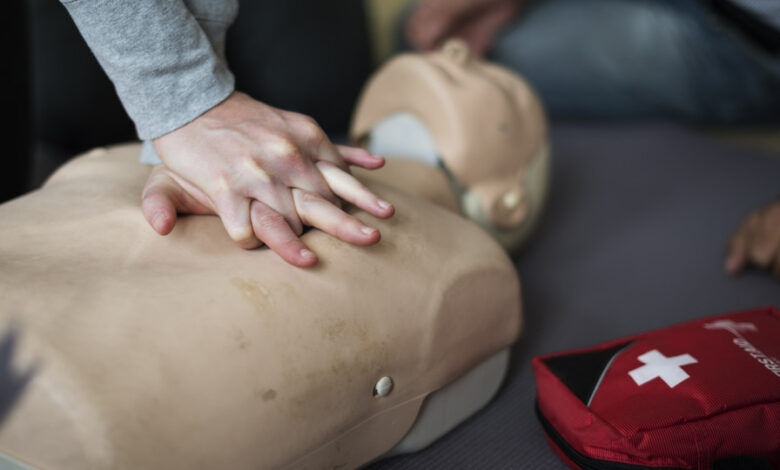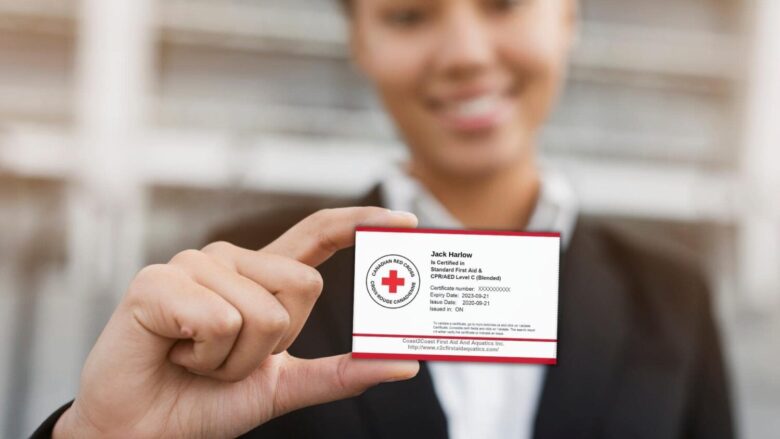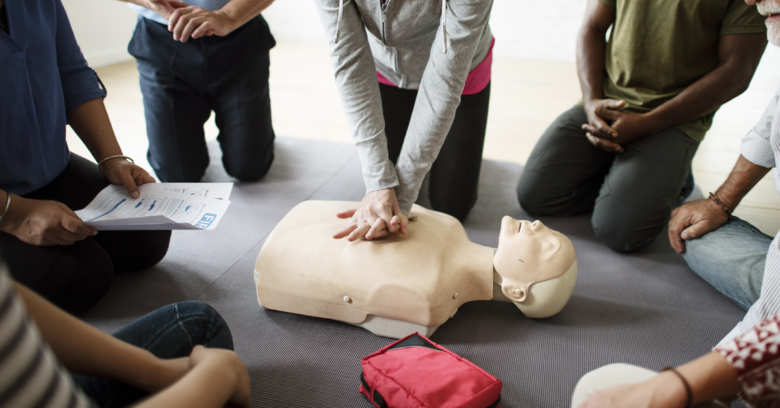
Investing in Lifesaving Skills: The True Value of First Aid & CPR Certification
When you think of lifesaving skills, what comes to mind? For many, the answer is first aid and CPR. These skills, though simple in concept, hold the power to save lives in moments of crisis. With the right knowledge and quick action, the average person can be transformed into a hero in an emergency. This blog post seeks to emphasize the profound significance of first aid and CPR certifications, showing you why they’re investments worth making.
Understanding First Aid Certification

First aid is the immediate assistance given to an injured or ill person until full medical care is available. This could range from cleaning a small cut to keeping someone stable after a severe injury. Being certified in first aid isn’t just about holding a card; it’s about the empowerment that comes with the knowledge you carry. The benefits are manifold. Beyond the obvious ability to provide help in emergencies, certification offers personal confidence and can also be a professional asset. It bestows upon us the ability to turn potential tragedies into stories of resilience, allowing ordinary individuals to make extraordinary impacts.
The Role of CPR Certification
CPR, or Cardiopulmonary Resuscitation, is a lifesaving technique used when someone’s heartbeat or breathing has stopped. Given its potential to bring someone back from the brink of death, its value cannot be overstated. While we might associate CPR with healthcare professionals, its application extends beyond hospitals. From parents to teachers, lifeguards to office workers, CPR knowledge is invaluable. Take, for example, a teacher who noticed a child unresponsive during recess and promptly administered CPR, or the jogger who saved a fellow runner. These are testament to how CPR certifications can turn everyday citizens into life saviors.
Accessible Training Options
Organizations worldwide, of which you can learn more here, offer first aid and CPR certifications. There’s a format for everyone: traditional in-person classes, online modules, and blended options. These classes are designed for people of all backgrounds, ensuring accessibility and comprehension. Some believe that such training is intense and challenging, reserved only for the medical-minded. This couldn’t be further from the truth. Courses are often straightforward, with instructors making complex topics easily digestible.
Boosting Confidence and Preparedness

One of the overlooked benefits of certification is the boost in confidence. Knowledge diminishes fear. With this training, individuals are not only equipped to handle major crises but also minor injuries. This balance ensures that the trained individual can handle a spectrum of situations with equanimity. In essence, first aid and CPR training do more than just teach techniques; they cultivate a mindset of preparedness, making individuals ready for any emergency.
First Aid and CPR in Various Settings
Whether at home, the workplace, on an outdoor adventure, or just out in public, emergencies can strike anywhere. Think of the child who swallows a toy at home, the coworker who experiences an allergic reaction, or the hiker who gets a deep cut while trekking. This universality of potential crises makes it paramount for companies and organizations to prioritize training for their staff, turning workplaces into safer environments.




